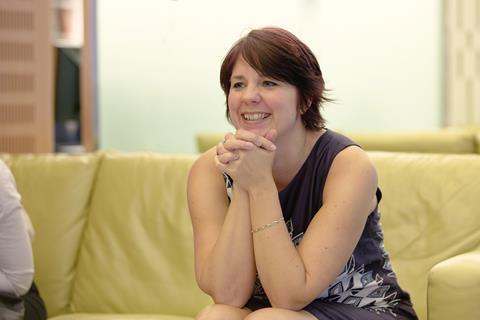Kate Fletcher of Arup Associates on the importance of face-to-face communication for BIM

As an integrated practice, designing with BIM has been a natural step for Arup Associates. Our highly integrated collaborative way of working has been leading us to this point for the last 50 years.
The close relationship across the design team is now as important as ever. The new powerful tools allow us to process and manipulate ever more data, but successful BIM projects are brought about where all the members of the design team work cohesively from concept to delivery. Like all those already on the BIM trail, there are important lessons we have taken on board.
We have learnt that to get the most out of the BIM process, all parties should start modelling as early as possible, setting placeholders for services routes so it is clear to all what space is required to coordinate from the start.
In our first real foray into the BIM world, we started modelling at the start of the design development stage, forever after playing catch-up, having to remodel all the 2D work carried out during concept. Something we will not be doing again.
We have realised that we need to hold workshops more frequently than before, that we need to talk to each other more to plan out areas before we start modelling to avoid abortive efforts. A 10-minute chat with all parties present, producing a pen to paper sketch for a high-level services zone can save several hours of abortive modelling. It sounds simple and yet talking with colleagues from other practices, it is clear that time and time again this doesn’t happen, with people relying on the model to magically coordinate all by itself. A brilliant tool is no substitute for human interaction.
Tell each other what has changed in the model. Wholesale changes to an area will of course be picked up, but the subtle changes of the repositioning of a wall by 400mm, or moving a duct may be missed by others. Letting your fellow team members know helps avoid abortive work, but also keeps ties and trust strong between parties.
Looking outside the obvious design team parties, other key players are not yet engaging with the opportunities that BIM can offer. The level of interest cost consultants have shown in wanting to use shared models to help shape construction costs is disappointing. Project managers still seem to believe it’s just a 3D model. Only engagement with all these parties as well as the design team will bring about true BIM.
Postscript
Kate Fletcher is an associate and leads the public health team in Arup Associates.
She has led the public health teams on wide range of projects that include a LEED Platinum data centre in Qatar, King Abdullah Sports City in Saudi Arabia and the multi-award-winning Engineering and Computing Building at Coventry University. She has worked in London, Manchester and Mauritius offices for Arup before joining Arup Associates.
She is an engineer at the heart of integrated design, pioneering virtual design at Arup Associates. She plays a key role in the leadership of BIM in the practice and BIM implementation across the UK in the wider Arup Group.
Kate believes in challenging convention, seeking out new and alternative ways to design to create beautiful, efficient and sustainable buildings with a key emphasis on sustainable water strategies. She is a fellow of CIBSE and a LEED AP.













No comments yet